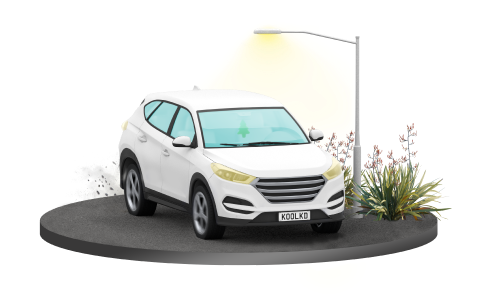We’ve all been there, stranded with a dead battery and no jumper leads. Typically it’s when you’re already running late for work, when you’re on your way to the airport or at some other equally inappropriate time to break down.
Most New Zealanders like to think they're pretty resourceful when it comes to things like changing a tyre or jump starting a car. However, both of these tasks can be dangerous if you get them wrong.
Jump starting a manual car is possible but there are a number of factors which may at best hinder you and at worst injure you.
Going solo
If you are by yourself, attempting to jump start is very dangerous. Ever heard of roadside assistance? Now is the time to use it.
If you’ve ever tried jump starting a car by yourself then you know that pushing a car on the flat is not easy. If you do manage to get up to speed you run the risk of an out of control car with no driver. You are at risk while you are pushing, when you attempt to enter the car and once the car is rolling. The risk of injury is high.
Pushing a car down a hill solo is also a recipe for disaster not just for you but for other road users. Picture your car rolling down a hill, out of control, towards oncoming traffic without a driver.
It’s just not worth it.
Modern features
Newer cars may have in-built safety features that make jump starting a car difficult and therefore more dangerous. Some features that can work against you include power steering and power-brakes.
Power steering
Cars with power-steering can lock up if the key is not in the ignition. That means that the steering wheel is locked in place and your ability to manoeuvre the car is lost. Trying to get a key into the ignition when the car is picking up speed and you are heading towards a collision is a situation you want to avoid.
Power brakes
Power-brakes can be rendered useless if the car doesn’t start when you are trying to jump it. This means you might have a situation where you are gaining speed and then don’t have the ability to stop. Exerting pressure on the brakes will slow you down; however you are significantly limited in your ability to control the speed of the vehicle.
Giving it a push
Pushing a car seems fairly straight forward, however there are a number of risks involved for the pusher. When the car kicks into gear there is a deceleration, the car suddenly slows down and often the pusher doesn’t. Car verses person can only go one way. The risk of tripping and eating concrete is always there too.
A slow-moving hazard
Unless you’re push starting your car down a steep slope getting up to speed is difficult. You will always be moving slower than other traffic which in itself is a hazard. If a problem occurs the risk of injury or accident is increased by the presence of other road users.
It’s always worth avoiding potential injury to yourself and others. The upshot is that calling for roadside assistance is usually best in the event that you need a crash start.

Looking for car insurance?
Save $75 on new comprehensive car insurance. Use promo code SAVE75. Ends 5 July 2025.*